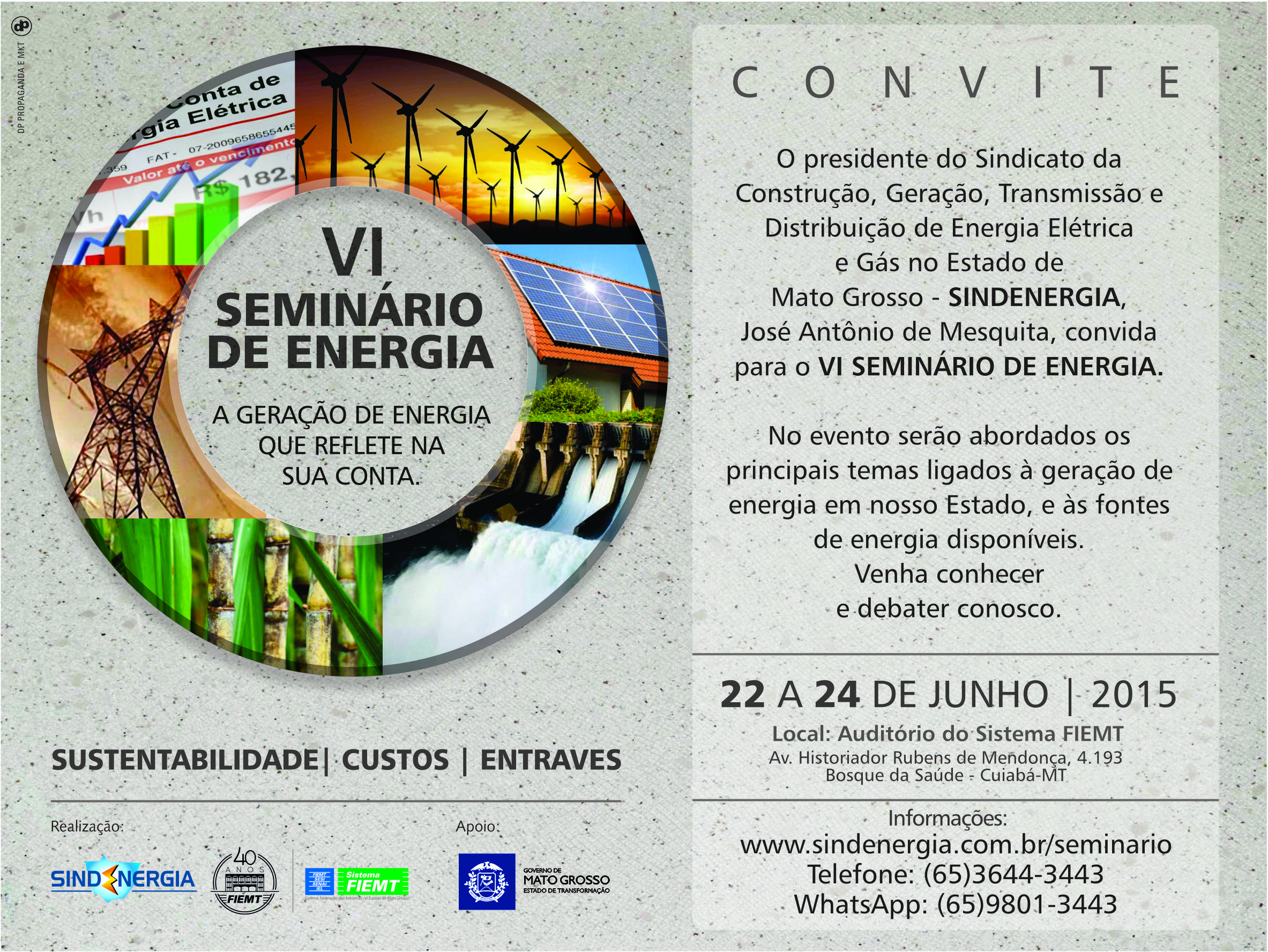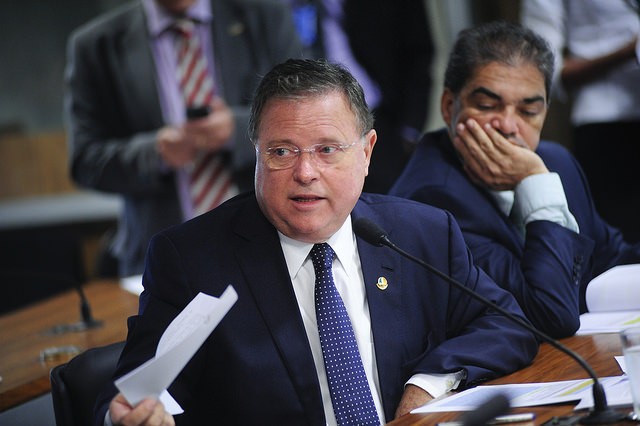Fonte: ANEEL
The Brazilian Electricity Regulatory Agency’s board of directors has approved today (04/29) a new ordinance that governs the conditions for proving hydroelectric and thermoelectric plants availability after maintenance. The final text, which will be published in the Federal Gazette, establishing that the Electric System National Operator (ONS) only will be able to reestablish the availability of the plant generation that perform maintenance stops of the generator units after a test or these plants activation.
The regulation aims at assessing the real operation capacity of the plants connected to the Basic Network of the National Interconnected System (SIN) after the maintenance. It is mandatory to perform the test or the activation due to Operator’s demand and it is effective for the lower generation costs plants (hydroelectric), which has priority when the ONS dispatch occurs, as well as to the higher cost plants (for instance, thermoelectric (oil or coal)), that can also be activated in order to assure system operational safety.
If the plant does not generate energy due an ONS order, the generator shall request authorization for performing a test, in which the unit shall work at maximum level for the minimal period of four non-interrupted hours. In this case, the agent will assume the costs. Aneel can also request, at any time, that a plant test is performed, which shall be covered by the Charges for System Services (ESS).*
In order to approve this ordinance, the Agency requested to ONS to evaluate the adapting need to the new system regulations, of the operation routines and Network Proceedings, by presenting, within 60 days, a schedule for making the eventual modifications.
Contributions – This new version of the ordinance involves improvements resulting from the contributions made by 14 companies and associations of the electric industry during the public hearings process, realized from December, 3rd, 2007 to January, 18th, 2008.
———–
* Charges for System Services – charges of the electric sector included in the invoice and paid by all consumers and by the other users of the transmission network in order to cover the maintenance costs of the National Interconnected System (SIN).








